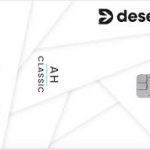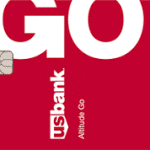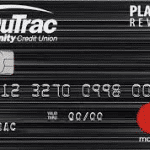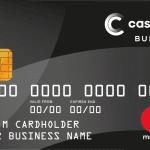Advertising
Impulse spending is one of the sneakiest ways money slips through our fingers. A coffee here, a gadget there, a last-minute online purchase — it all adds up quickly. While occasional treats are perfectly fine, unchecked impulse spending can sabotage long-term financial goals and leave you wondering where your money went.
The good news? You don’t have to cut out every joy or live on a shoestring budget to take control. With a few simple strategies, you can reduce unnecessary purchases while still enjoying the things that matter most.
In this article, we’ll explore nine straightforward ways to reduce impulse spending in your daily life. These methods are designed to help you make more intentional choices, save money, and still feel fulfilled — not deprived. Whether you’re working toward debt freedom, building savings, or just wanting more clarity in your finances, these habits can create a meaningful shift.
Let’s break the cycle of impulsive buys and replace them with smart spending decisions that actually support your goals.

Identify Your Triggers and Patterns
The first step to stopping impulse spending is understanding why it happens. Are you shopping out of boredom, stress, or habit? Do certain environments — like malls, social media, or late nights — make you more vulnerable? Start by keeping a small journal of when and why you make spontaneous purchases. Recognizing patterns helps you take back control and avoid those situations.
Implement the 24-Hour Rule for Non-Essentials
When tempted to buy something you didn’t plan for, wait 24 hours. More often than not, the desire fades. If you still want it after a day, it may be worth considering. This rule gives your brain space to evaluate whether it’s a true need or a passing want.
Use a Cash-Only System for Personal Expenses
Digital payments make spending feel painless — almost invisible. Try setting a weekly cash limit for personal spending. Physically handling cash increases awareness and naturally limits spontaneous purchases. Once the cash runs out, it’s a signal to pause and reassess.
Avoid Shopping When Emotional or Bored
Emotions play a big role in impulse spending. People often shop to cope with stress, loneliness, or boredom. Instead of shopping, try replacing that urge with something that soothes or stimulates in a healthier way — like calling a friend, exercising, or journaling.
Make a List — and Stick to It
Going into a store (or an app) without a list is a recipe for impulse buys. Always write down what you need before shopping — whether it’s groceries, clothes, or household items. Commit to sticking only to the list, and celebrate each successful no-impulse run.
Unsubscribe From Marketing Emails and Alerts
Retailers are experts at creating urgency through sales, limited-time offers, and personalized recommendations. One way to resist? Unsubscribe from emails and turn off push notifications from shopping apps. Out of sight, out of mind.
Set Weekly Limits With Prepaid Cards or Wallets
If cash isn’t convenient, use a prepaid debit card or set app-based limits (like Apple Wallet or banking apps) to control your discretionary spending. It allows flexibility without letting things get out of hand.
Track Your Small Wins and Progress
Reducing impulse spending isn’t about perfection. Track your wins — even if it’s skipping one coffee or resisting one sale. Seeing progress builds motivation. Use budgeting apps or a simple note on your phone to record your mindful choices.
Replace Impulse Buying With Rewarding Alternatives
Find new habits that give you a similar dopamine hit without draining your wallet. Listen to a favorite podcast, take a walk, cook something new, or explore a hobby. The goal is to find satisfying ways to fill that impulse gap without spending.
How to Build a Resilient Mindset Against Impulse Spending
Long-term change in behavior begins with mindset. If you constantly see spending as a form of reward or stress relief, it’s easy to fall back into the same traps. One way to shift this is by reframing the narrative. Instead of telling yourself, “I deserve this,” ask, “What do I really want right now — comfort or a quick hit of excitement?” Often, you’ll find that what you crave is a sense of control, peace, or progress.
Visualization can be a powerful tool as well. Picture the vacation you’re saving for, the emergency fund growing, or the debt-free life ahead. Let these positive images guide your decision-making in moments of temptation. Every time you say “no” to an impulse, you’re saying “yes” to something bigger. Reinforcing that connection helps you feel empowered rather than restricted.
Small mantras like “I control my money” or “Every dollar has a purpose” can rewire your internal dialogue. In time, those phrases become anchors that help you pause, reflect, and choose wisely — even when impulse strikes.
Conclusion
Impulse spending doesn’t have to control your finances or steal your progress. By applying these nine simple strategies, you can develop more mindful habits that empower your wallet — and your mindset.
Start small. Choose two or three of these ideas to try this week. Over time, your confidence will grow, your spending will stabilize, and your goals will feel more attainable. You’ll prove to yourself that enjoying life and being financially smart can absolutely go hand in hand.
Remember: money is a tool, not a trap. Use it with intention, and you’ll gain both freedom and fulfillment.







